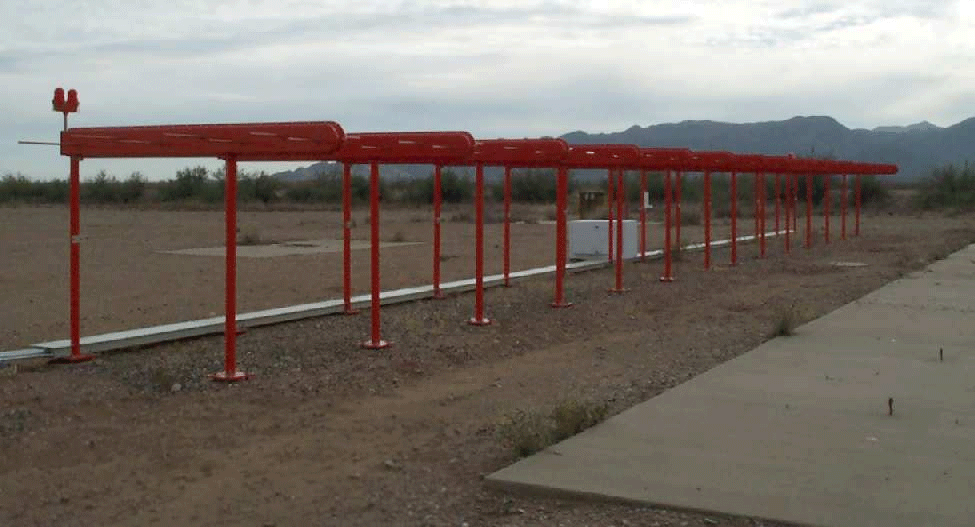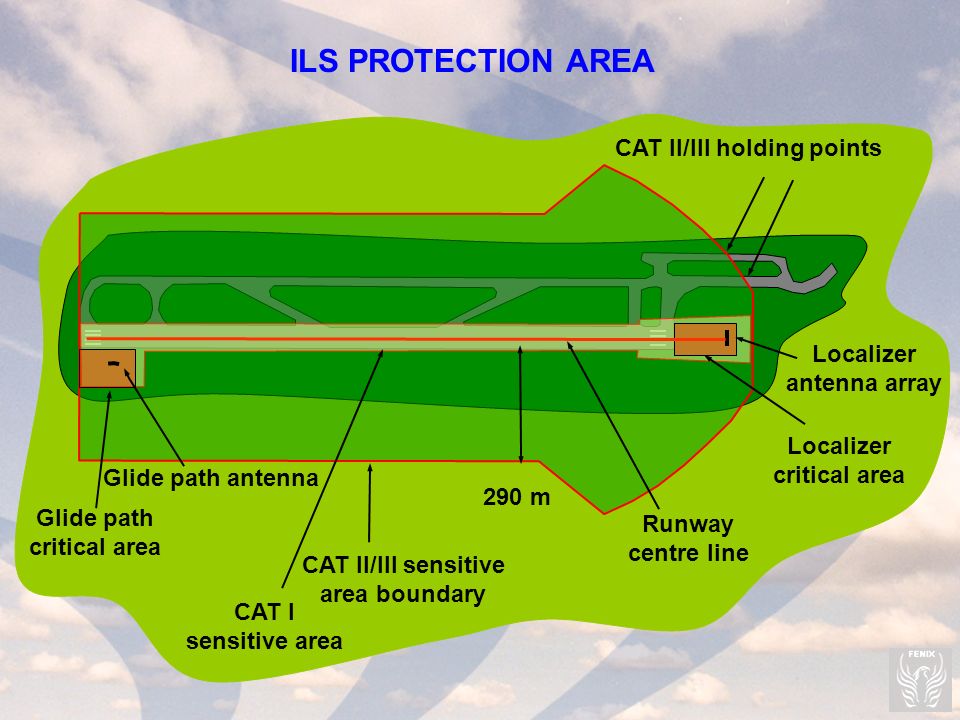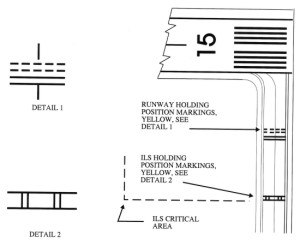What is the difference between CAT I, II and III ILS approaches? I understand that the different categories are used in different weather, but what are the differences, exactly? Do flight crews have to act differently when flying a CAT III approach as opposed to, say, a CAT I approach?
-
2$\begingroup$ Possible duplicate of What are the lowest authorized minimums for each ILS category? $\endgroup$– Ralph J ♦Commented Feb 5, 2017 at 4:36
-
5$\begingroup$ @RalphJ Not a duplicate as such. This question is about why different categories exist. The other question is specifically about what the different minimas are. The answer to this question could also include details about crew authorisation, equipment (airborne and ground based) and differences in ATC procedures for different approach categories. I will write up an answer later today if the question remains open. $\endgroup$– 60levelchangeCommented Feb 5, 2017 at 8:49
-
$\begingroup$ The different categories of ILS's and instrument approaches in general give different types of precision for various types of conditions (not just weather). $\endgroup$– user6035379Commented Feb 5, 2017 at 15:39
1 Answer
Instrument landing system - ILS - is a very common precision approach system used in airports around the world. An ILS consists of two ground antennas and an airborne received in the aircraft. One of the ground antennas, known as a localiser, transmits a narrow beam along the runway, giving lateral guidance to aircraft approaching the runway. The other antenna, the glide slope, transmits a vertical beam at a specified angle, giving vertical guidance for aircraft approaching. Together, the localiser and glide slope provides aircraft with an exact path to follow toward the runway.
The main advantage of ILS is that is allows approaches and landings in poor weather conditions. Pilots do not have to visually see the runway until moments before touchdown, because the ILS can guide the plane down very precisely. However, there are different standards of ILS. These are named CAT I, CAT II and CAT III (CAT III has three additional substandards: CAT IIIa, CAT IIIb and CAT IIIc).
In order to fly a CAT I approach, the cloud based (ceiling) must be no lower than 200 feet and the visibility must be no lower than 550 metres. This is because the pilots must be able to visually identify the runway no later than 200 feet above the ground to be able to land.
For a CAT II approach, the ceiling must not be lower than 100 ft and the visibility not less than 350 metres.
CAT IIIa has a minimum ceiling of 50 ft and a minimum visibility of 200 metres.
CAT IIIb has no minimum ceiling, but there must be at least 50 metres of visibility.
For a CAT IIIc, which has not actually been implemented anywhere, there are no minimum limits for ceiling and visibility.
As you can see, CAT II or III approaches allow pilots to land is extremely bad weather conditions.
So if CAT III is so great, why don't we use it all the time?
In order to use CAT II/III approaches, a number of conditions have to be met:
The ground based ILS equipment must live up to very strict standards, and be very carefully calibrated. As a result, installing and maintaining CAT II/III ILS equipment at an airport is very expensive, so not all airports have it.
In addition to the ILS antennas, there are also strict requirements for other runway equipment such as lighting.
The aircraft must have special equipment that is certified to perform CAT II/III approaches. Again, cost is a significant factor. Equipping aircraft with such fine tuned equipment is very expensive, and if you mostly fly to areas with good weather, it is probably not worth it.
The pilots must be qualified. A normal pilot license is not enough to fly a CAT II/III approach, you need additional training and qualifications to be allowed to perform such approaches.
Air traffic control low visibility procedures result in reduced airport capacity. Because ILS signals are transmitted from antennas on the ground, there are risks of interfering with the ILS signal, resulting in imprecise guidance. The main issue is when an aircraft moves in front of the antennas, partly blocking the signal for other aircraft on approach. Because of this, airports have strict rules for how close aircraft may get to ILS antennas when CAT II/III approaches are in use. Aircraft on the ground must hold further away from the runway than they normally would, to stay clear of so called ILS sensitive areas.
An example of ILS sensitive/critical areas at an airport
Separate runway holding points used when CAT II/III approaches are carried out
We also need additional space between two aircraft approaching the same runway. This is because the first aircraft, once landed and on the runway, can block parts of the localiser signal for the following aircraft. Because of this, the first aircraft must be clear of the runway by the time the second aircraft joins short final. This means we need extra space between aircraft, resulting in a reduced runway capacity.
As you can see, there are a number of factors limiting the use of CAT II/III approaches, which is why they are only used when the weather is so bad that CAT I approaches cannot be carried out.
-
$\begingroup$ In this answer to a related question the ILS markings on the ground are shown. They alert the aircrafts to stay out of that area until ATC gives clearance. $\endgroup$– PerlDuckCommented Feb 5, 2017 at 12:17
-
1$\begingroup$ Re: The pilots must be qualified. I know this is a separate question but let's say I travel with an airliner like Lufthansa or SAS: can I expect the pilots (at least the PIC) to have such a qualification? I'd assume Yes, of course! but am not sure. $\endgroup$– PerlDuckCommented Feb 5, 2017 at 12:40
-
1$\begingroup$ @PerlDuck Most likely yes. You don't need to worry about it though. If the crew is not qualified, the flight will simply be cancelled or diverted. $\endgroup$ Commented Feb 5, 2017 at 12:42
-
1$\begingroup$ @Sami Good point, I've added it to the answer $\endgroup$ Commented Feb 6, 2017 at 5:24
-
1$\begingroup$ @PerlDuck No, many airline pilots are not legal to fly cat 3. The initial qualification is not the limit, pilots must also maintain currency, meaning they must practice cat 3 on a regular schedule or they loose qualification. The extra simulator time is expensive so it is not used if not needed on the routes flown. $\endgroup$ Commented Mar 28, 2019 at 16:45



